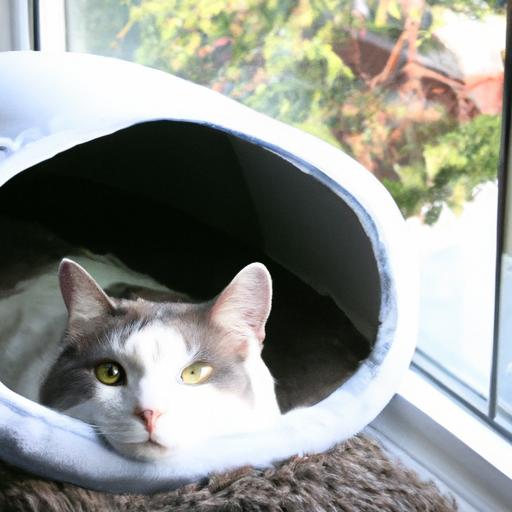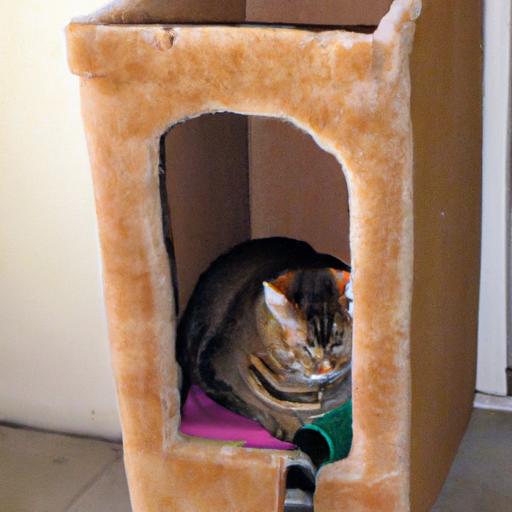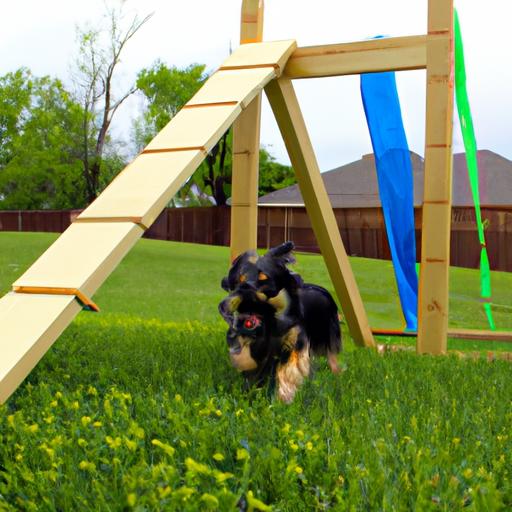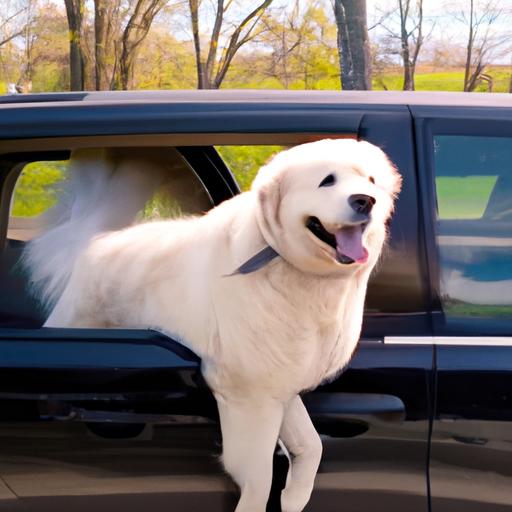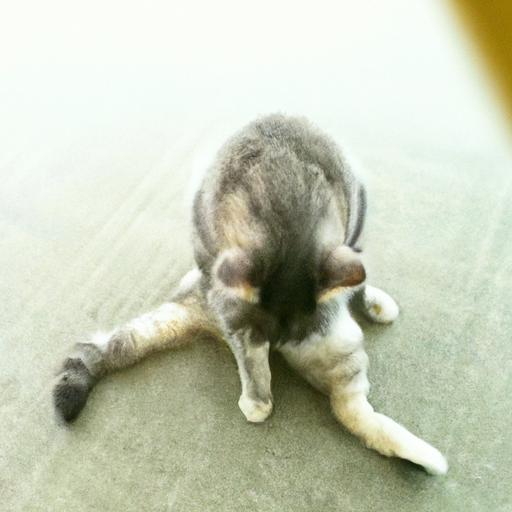
Understanding Cat Tail Quivering Behavior
Discover the meaning behind cat tail quivering behavior in this comprehensive guide. Understand their emotions and improve your feline communication skills.
Introduction
As cat owners, it is essential to understand our feline companions on a deeper level. One intriguing behavior that cats exhibit is tail quivering. Have you ever wondered what it means when your cat’s tail starts to quiver? In this article, we will explore the fascinating world of cat tail quivering behavior and shed light on its significance. Understanding this behavior will not only help us communicate better with our cats but also ensure their overall well-being.
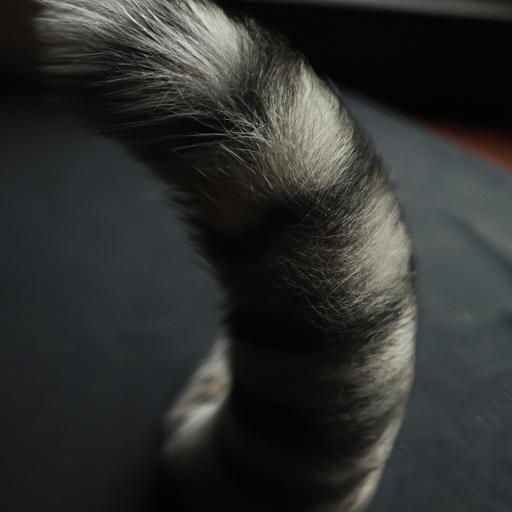
Understanding Cat Tail Quivering Behavior
What is Cat Tail Quivering?
Cat tail quivering refers to the rhythmic shaking or trembling motion observed in a cat’s tail. It is a unique behavior that serves as a means of communication for felines. Tail quivering can manifest in different ways, and each type of quiver may convey a distinct message.
Different Types of Tail Quivering
-
The Twitch: This is the most common type of cat tail quivering, characterized by quick, short movements of the tail. It often occurs when a cat is excited or anticipating something, such as mealtime or playtime.
-
The Vibrating Quiver: This type of quiver involves the tail vibrating rapidly from side to side. It is often seen when a cat is extremely happy or experiencing intense pleasure, such as being petted in their favorite spot.
-
The Slow Wave: In this type of quiver, the tail moves slowly from side to side, resembling a gentle waving motion. It usually indicates a relaxed and contented state in cats.
Factors Causing Tail Quivering
Several factors can contribute to cat tail quivering behavior. Understanding these factors can help us interpret our cats’ emotions and respond accordingly. Here are some common causes:
-
Emotional State: Tail quivering can be a reflection of a cat’s emotional state. It may indicate excitement, happiness, anticipation, or even fear and anxiety. Context and accompanying body language should be considered to determine the true meaning.
-
Social Signals: Cats use their tails as a means of communication with other cats and humans. Tail quivering can convey messages like friendliness, playfulness, or even a warning sign when combined with other gestures or vocalizations.
-
Physiological Response: Tail quivering can also be a physiological response to external stimulFor example, when a cat encounters an unfamiliar scent, their tail may quiver as a way to investigate or mark their territory.
FAQ about Cat Tail Quivering Behavior
What does it mean when a cat’s tail quivers?
When a cat’s tail quivers, it can have various meanings depending on the context and accompanying body language. It can indicate excitement, happiness, anticipation, or even fear and anxiety. Observing the overall behavior and considering the situation can help decipher the true message behind the quiver.
Is tail quivering a sign of aggression in cats?
Tail quivering alone is not necessarily a sign of aggression in cats. However, when combined with other aggressive body language cues like flattened ears, dilated pupils, and growling, it could indicate aggression or a defensive stance. It is important to consider the complete picture before jumping to conclusions.
Can tail quivering indicate fear or anxiety in cats?
Yes, tail quivering can be a sign of fear or anxiety in cats. When a cat feels threatened or uncomfortable, their tail may quiver as a response to the stressor. It is crucial to provide a safe and calm environment for cats to help alleviate their anxiety and minimize tail quivering caused by fear.
How can cat owners help alleviate tail quivering in their pets?
To help alleviate tail quivering in cats, it is important to create a stress-free environment. Ensure that your cat has a designated space where they can retreat and feel safe. Provide mental and physical stimulation through interactive toys and playtime. Additionally, maintaining a consistent routine and providing a balanced diet can contribute to a cat’s overall well-being.
Conclusion
Understanding cat tail quivering behavior is a valuable tool in deciphering our feline companions’ emotions and needs. Tail quivering serves as a unique form of communication for cats, allowing them to express various states of mind. By observing their body language, considering the context, and taking into account other behavioral cues, we can better understand and respond to our cats’ needs. So, the next time you see your cat’s tail quivering, take a moment to observe and appreciate the fascinating world of feline communication.

















